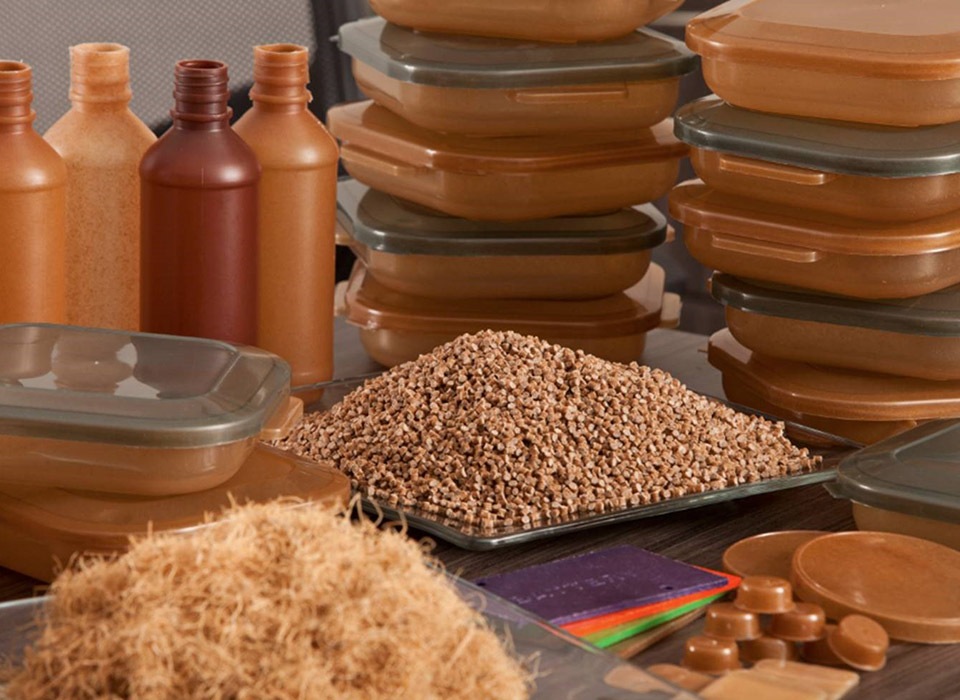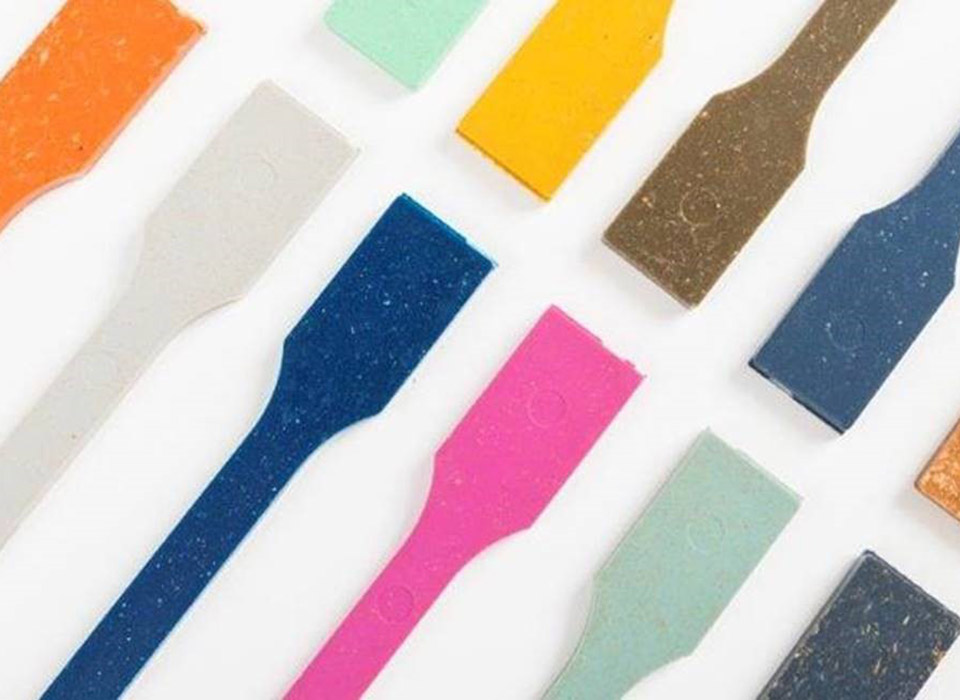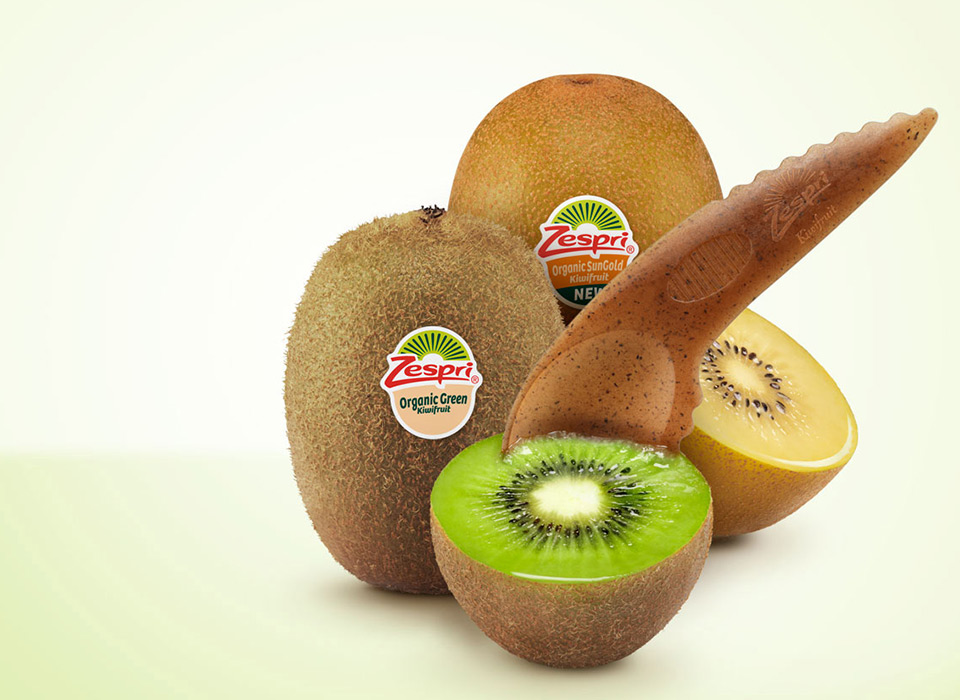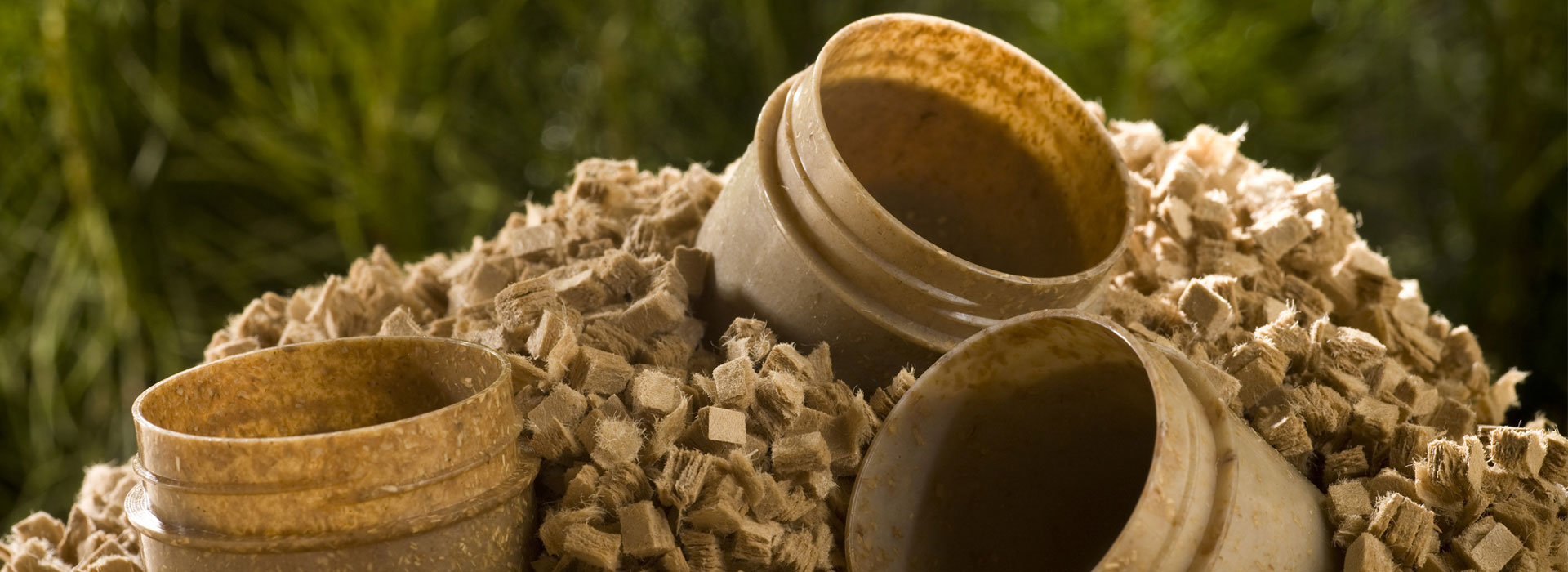Bioplastics in NZ: Breaking the (injection) mold
If we’re known as clean green New Zealand, why are we slow to adopt bioplastics?
By global standards, New Zealand has a sophisticated plastics manufacturing industry, with 300+ manufacturers across the nation. However, industry uptake of bioplastics is very low compared to the rest of the world, despite our clean green reputation.
As part of a recent block of work, we interviewed a selection of plastic manufacturers and brand leaders that showed low awareness and flawed perceptions of the biopolymer solutions available. While bioplastics are rapidly evolving to deliver high performance and cost-effective materials, they’re still seen as too expensive and of inferior performance.
As a nation with a clean, green reputation, we should be actively exploring and promoting the opportunities within bioderived plastics. We’ve hardly scratched the surface of what’s possible with these exciting new materials.

What is a bioplastic?
Bioplastics are produced from resins derived from sustainably produced resources. These are usually non-feedstock, plant-based biomass, as opposed to fossil fuel derivatives. Plants such as wood (which New Zealand grows in abundance), vegetable oils, sugar and starch provide excellent raw materials for these resins.
So why do we have such a low uptake by plastics and product manufacturers of these materials in New Zealand compared to the rest of the world?
One key reason is lack of regulatory drivers. European countries (as an example) have a significant framework of policies and incentives in place. These encourage industries and manufacturers to replace traditional plastics derived from fossil fuels with sustainably derived biopolymers and biocomposites. In countries with these strategic drivers, there is more innovation of and a stronger demand for these materials.
Despite NZ’s clean green stance, we have none of these regulatory drivers. As such, our plastic manufacturers and product owners do not have sustainably-derived plastics high on their list of priorities (unless, of course, their customers are demanding it).
There are exceptions to this rule; our research mainly showed this driven by brand or category leaders of premium products who want to be corporate leaders in their industry. We commend this and hope to see many more of companies follow in their shrinking footprints.

End of life options for bioplastics in NZ
Another key factor influencing the slow uptake of bioplastics is end of life options – i.e. recycling, composting, or landfill.
RECYCLING
The critical challenge here is that because many bioplastics are intentionally designed to break down quickly, they generally cannot be recycled. Many of the companies we spoke to had been put off by the inability to recycle these plastics; this has been a major barrier to the adoption of these materials.
Bioplastics are typically included as category #7 in the plastics resin chart. Category #1-6 is mostly straightforward for recycling, as each category correlates to a specific resin. For example, turn your bottle of blue-top milk upside down and have a look at the mark on the bottom – generally, these are category #2 and easily recyclable at most NZ facilities.
There is a lot of confusion on this subject so here is a useful link that demystifies the categories for recycling and composting. The key thing to note is that Category #7 is a bit of a catch-all category for everything not covered by categories #1-6. This tends to be the category for Bioplastics.
There are a small number of exceptions, with schemes in US and Europe that convert PLA into lactic acid that can be used to make second-generation PLA. However, we are not likely to see this down-under anytime soon.
COMPOSTING AND LANDFILL
Many bioplastics are biodegradable or compostable. These terms can be a little confusing, so to clarify:
- “Biodegradable” broadly means that an object can be biologically broken down (by the action of living organisms, usually bacteria).
- “Compostable” typically specifies that a biological breakdown process will result in compost, or humus.
To add to the confusion, the process of composting can also be unclear. A product labelled as compostable generally requires an industrial composting systems to degrade to humus. These compostable plastics will compost in backyard composting systems, but over much longer time-frames. In industrial composting operations, temperature, moisture, and oxygen levels are optimised. It is, in fact, preferable to compost biodegradable plastic rather than sending it to landfill because they may not always degrade in acceptable timeframes if the landfill is oxygen-deprived.
PERFECTION CAN BE THE ENEMY OF GOOD
There appears to be a lot of scepticism in industry of products that don’t provide a perfect solution. For example, PLA is frowned upon for requiring industrial composting facilities. However, it’s clear that even with some limitations, this material will provide real improvement over traditional fossil-derived alternatives. In fact, PLA has been proven to degrade much faster than petroleum-based plastics in traditional landfill and home compost.
We need to be careful, as manufacturers and as consumers, not to discount these materials just because they are not perfect. The challenge is to learn to embrace incremental change in these materials to help drive consumer uptake and further material development. This uptake drives demand which will ultimately drive further investment in these materials and sustainable practice in general.
COMPOSTING IN NEW ZEALAND
I’m pleased to say there is a growing composting industry in NZ that both commercial (business) and municipal (household) waste is feeding into. Driven by the need to divert more waste away from landfill, more contractors are offering industrial composting to businesses around the nation. Thanks to the Waste Minimisation Act 2008, we are also likely to see councils offering curb-side collections of food/green compostable waste in the coming years.
This developing industry is also starting to process compostable packaging. New Zealand currently has 98 composting facilities geographically spread across the North and South Island; however, not all of these facilities can process compostable packaging. The greatest concentration of facilities able to process organic waste, including compostable packaging, are in Auckland, Waikato, and the Bay of Plenty. A great industry report is available here on Ecoware’s website.

The Zespri Bio-Spife, more on Zespri’s sustainability here.
Circular Economy Opportunity
New Zealand has a growing natural and organic products industry which aligns well with the brand values of the use of bioplastics. This is an untapped opportunity to promote our NZ values with a strong circular economy story.
Nutraceuticals, functional foods and plant-based natural cosmetics are rapidly growing globally. NZ has a worldwide reputation for sustainably produced, high-quality product and ingredients that are born from our temperate climate, unique flora and fauna, and our innovative ‘can do’ attitude.
We have a fantastic opportunity here to build on the NZ-made story by using our own biomass waste-streams as additives into biocompounds – and thus a story of a circular economy. Zespri’s Biospife (above), which contains kiwifruit skins, is a wonderful example of this in action.
Locus Research can help you join the sustainability journey.
This is a subject we hold dearly and Locus can assist product owners with this journey. Even if we can’t directly support you, we can connect you to others who can. We have world-leading expertise in NZ; organisations such as Scion Research, for example, has significant know-how in biocomposites.
We would love to hear your thoughts and additional insights on any of the above.
Header image: Woodfibre dice (Woodforce) used for making natural fibre-plastic composite products and hot-fill cosmetic pots made from PLA and wood flour. Photograph courtesy of Scion.


Comments